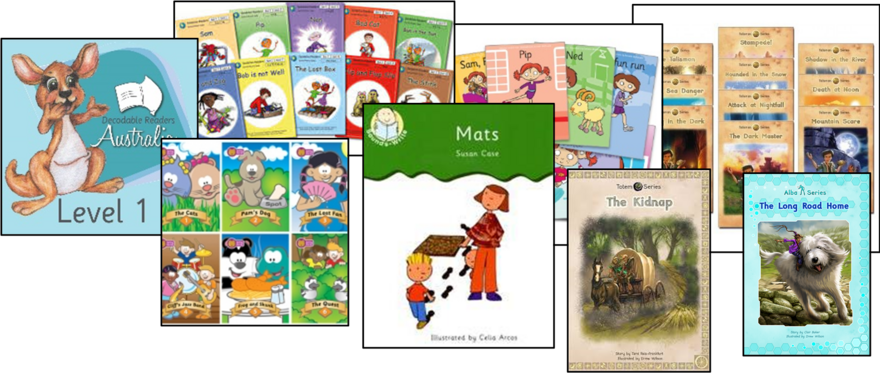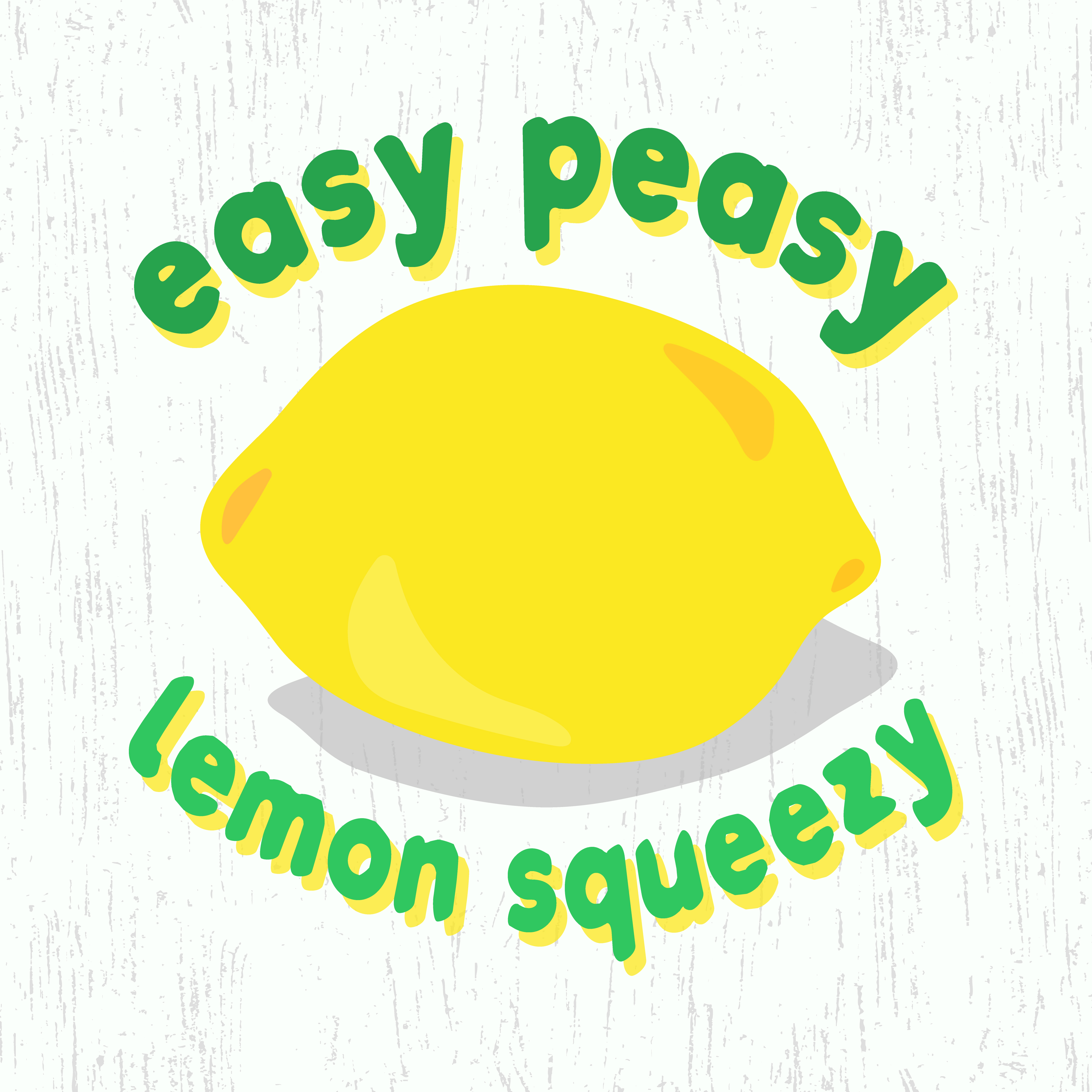Using Decodable Texts to Meet Student Needs

We have all heard about decodable texts and the need to ditch 3 cueing. It is now well established that children should only be given material to read in the early stage of learning to read that contains graphemes and high frequency words they have been taught and that 'sounding out' is the only strategy we should be teaching when children are lifting the words from the page. However, even this switch to decodable texts does not mean that one size fits all.
Before I talk about student difference, let’s be clear about a couple of things. Systematic Synthetic Phonics needs to be taught to ALL children. Even those students who seem to pick up reading out of thin air or appear to be reasonable readers already, benefit from this teaching. For these children, systematic teaching of the full alphabet code, morphology (smallest units of meaning including prefixes and suffixes) and etymology (origin of words) moves them from unconscious to conscious knowledge and skill. It is not enough to simply know how to spell ‘sit’ and ‘sitting’. Good quality teaching at the phoneme, word and morpheme level means that the child can articulate that when you add a vowel suffix to a word with a single short vowel, single consonant you double the consonant’. This is a significant advantage as children get older and are working with less familiar words. Providing spelling lists of these words and hoping that the child ‘picks up’ the rule and will then be able to apply it, simply doesn’t get the job done for most students.
Secondly, multiple cueing methods are not good for any children, at any time. As children develop automaticity in blending and their decoding improves, they will begin to use a range of reading strategies, but here we are talking about beginning readers. Of course, you will teach a child to monitor their reading and notice when things do not make sense, but their primary method of lifting the words from the page will still be to sound out using their phonics knowledge.
Different Strokes for Different Folks
So, back to the different needs of different learners. In my experience as a teacher in a range of contexts, I have noticed that there are approximately four types of learners of reading. Decodable texts are used for different periods of time for each type of learner.
Type 1 – A small minority of children who surprise us with the words they can read. They might pick up a book and read something that leaves you thinking, “Hey, where did you learn to read that?” This category is very small and may include one or two children in your class. These learners can pick up a small chapter book and read reasonably confidently early on in their school lives. They will be undeterred by unfamiliar words and be resilient in the face of these. They will occasionally trot over to their year 1 teacher and ask, ‘What’s this word?’ before happily heading back to their desks to continue reading Harry Potter. These children will usually have very good oral language and great memories. Decodable texts are needed in the very early stages of learning to read, but they will very quickly move on to more complex and unfamiliar texts without too much trouble at all. Even these learners need to be encouraged to ‘read all through the word’.


Type 2 – The ‘average’ children. With systematic teaching of phonics these children progress at an average pace as they learn to read. They learn to read a reasonable range of high frequency words relatively easily and with practice and regular, quality teaching develop smooth blending for most words they encounter. Once these children have developed phonics knowledge to an intermediate level they can read a wider variety of books and begin to read for pleasure for short bursts. They might be able to decode chapter books, but move from book to book without finishing them, as reading is still somewhat too effortful for sustained attention for longer periods of time. More consistent and concentrated reading will develop in around year 2 – 3. Decodable texts are important for these readers for longer than Type 1.
Let's break that down
Beginning stages – decodable texts help children to understand concepts of print and begin to develop blending skills using the limited phonics knowledge they possess.
Developing stages – Decodable texts support the development of efficient blending and comprehension skills as children learn more of the alphabetic code. Once children have learned the basic code (a – z) and most common digraphs (sh, ch, th, wh, ng) they read appropriate, decodable texts reasonably smoothly.
Intermediate stages – Children use decodable texts as their primary instructional reading material until they have a confident knowledge of the most common representations of the rest of the alphabetic code. (ay, ai, a_e, ee, ea, igh, y, i_e, ow, oa, o_e, oo, ew, u_e, ar, or, air, er, ir, oy, oi, ow, ou) Once students have a certain level of familiarity, they will branch out to other reading material. This will be quicker and more readily adopted if they have good memories, strong vocabulary and practice regularly. Even if these learners read more complex and less familiar texts with relative ease, decodable texts play an important part in supporting readers as they learn more of the alphabetic code by providing meaningful opportunity to apply their new knowledge.


Type 3 – I call these readers the ‘vulnerable’ readers. They might not necessarily be struggling (depending on their age) but you will notice a definite difference in the way these children learn to read. On the other hand, they may well have Dyslexia but their needs might not be as high as Type 4 student. Regardless of whether the student has a diagnosis or simply needs a more structured approach, without systematic, explicit teaching of phonics and reading these students are at real risk of reading failure. Characteristics of this group may include:
- Slow development of effective blending. They may take a long time to develop beyond decoding sound by sound. Vulnerable students may demonstrate definite stages in their phonemic development. They might learn to blend with three ‘single sounds’, then four, then need separate instruction in blending with three sounds that includes a consonant digraph (sh) and then vowel digraphs (oo, ee).
- Reading rate may be very slow and significantly effect comprehension.
- Many more exposures may be needed to learn to develop phoneme/grapheme correspondence (letter sound knowledge). Distinct stages of development might be seen in this area too. Students may know sounds in isolation, but not in words. Or they may read sounds in words but have difficulty when these words are placed in sentences. With the right support, these skills do develop.
- Weaker working memory
- ‘Immature’ spoken grammar. Plurals and past tense verbs may need to be taught explicitly. Other language difficulties may also be present. (This is my own observation – speechies out there, please share your thoughts!)
- Becoming discouraged very easily. Being reluctant to read at all.
- Knowing how to read a word on one page, but not the next (beyond what is normal at the very early stages of reading).
- Having difficulty recalling graphemes to write them down.
For these students, decodable texts are critical at all stages of learning to read. These students require step-by-step, systematic and explicit teaching for a longer time. Vulnerable readers require decodable texts right through the reading instruction process. In teaching students in this category, I have noticed that they may be making good progress with decodables at a similar pace to category two learners, but definitely do not transition to broader texts in the same time frame. Asking vulnerable readers to read broader texts too early sees a definite backward-tracking in reading rate and comprehension. As soon as the students cannot easily decode the words, they resort to guessing (which is to be actively avoided!). Decodables are required until full confidence with the whole alphabetic develops.

Type 4 – Students with a learning difficulty. These students will present with some (or all) of the characteristics of vulnerable readers, but will struggle significantly to acquire fundamental skills. The intervention of a speech pathologist and one-on-one teaching will likely be required. Students may or may not have a diagnosed learning difficulty. Often a child will have average or above intelligence, and may well be a strong verbal contributor to class discussions.

Now that you know a bit about the different types of learners, how can you use this knowledge to meet the needs of the children in your class?
- Know you students. View your data. Hopefully your school collects phonics and reading data. PM Benchmarking is not a particularly useful measure of reading ability, but you can use it as a general guide if your school insists that it be done.
- Regardless of the grade you teach, teach phonics, morphology and etymology. Even year 6 children benefit from this and I guarantee that EVERY class in Australia has children who are still developing fundamental and intermediate phonics knowledge. Phonics is not just for early years.
- Develop lists of your students according to their needs. This is important so that you can target specific teaching and reading provisions for the different groups. If you do guided reading, you might group for learning needs, rather than PM level.
- As you assign home reading, provide texts based on student need and phonics development, NOT PM level. No early readers should be reading predictable texts (even Type 1 Learners).
- Have sets of books available to meet student need and listen to children read each week in your classroom. Do not assign this just to a classroom assistant. It is important that YOU hear all of your students read.
- Ask your school to buy decodable texts designed for older students. There are fantastic adventure series written for kids aged 8 – 14 years old that are more easily decodable. This helps all children experience success with age appropriate content.
- Encourage children to read ‘all through the word’ when they encounter an unfamiliar word.
- Educate yourself about evidence based reading instruction. Not all school leadership groups understand what is required to get all children reading.
There is no ‘one size fits all’ approach to teaching, but by understanding how you can support a range of learners, you can provide instruction that meets the needs of every child in your class.

 Jocelyn Seamer Education
Jocelyn Seamer Education
4 comments
Leave a comment